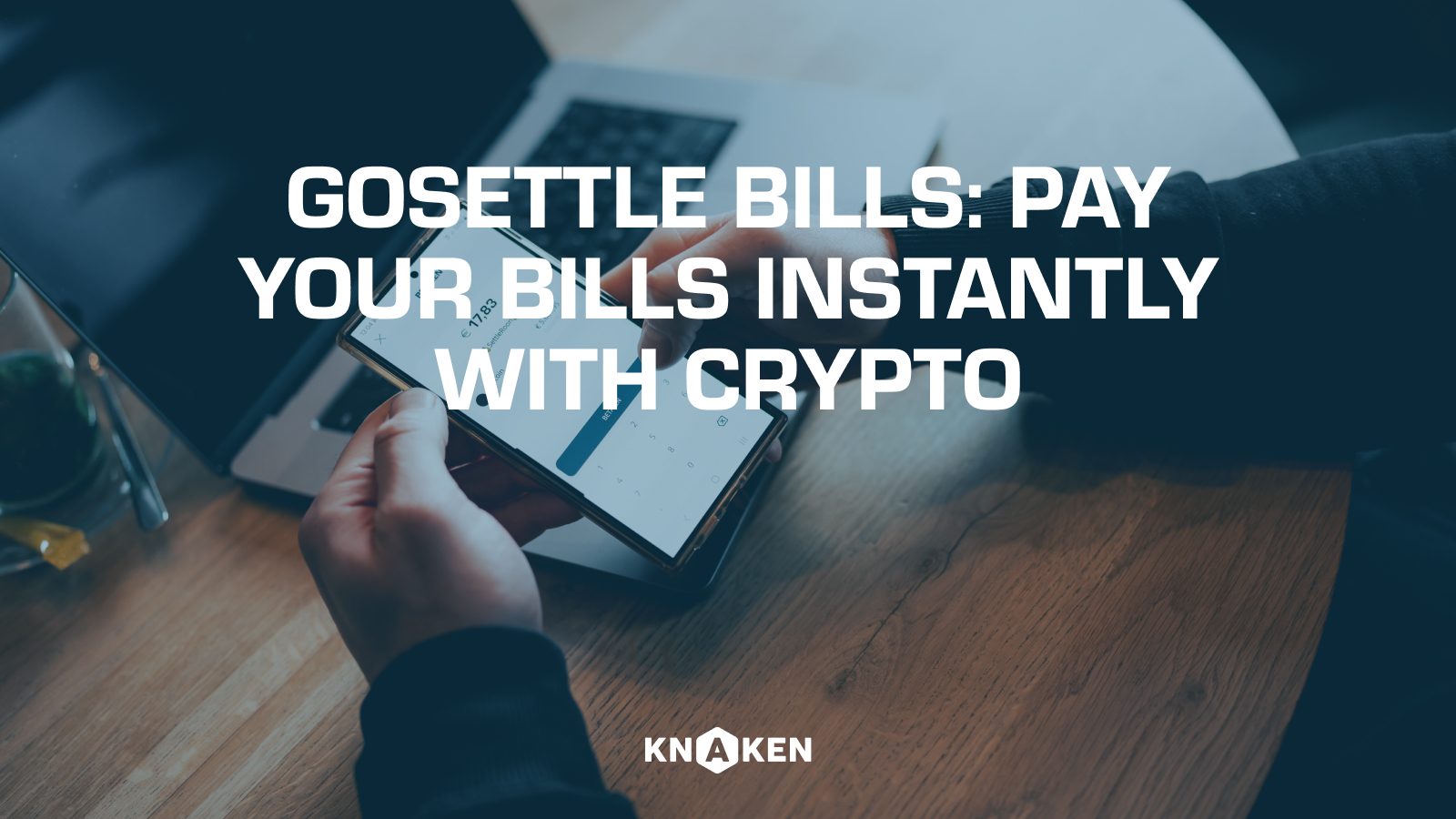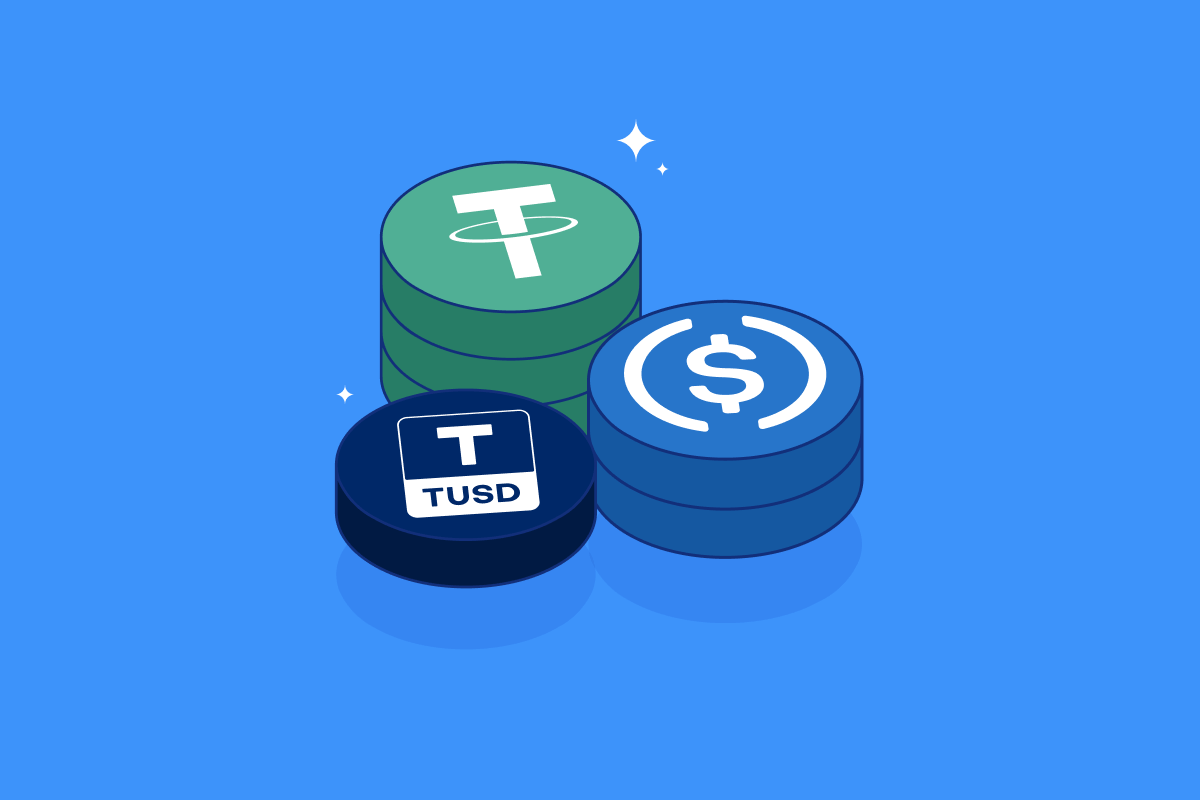Proof of Work (PoW) is a consensus mechanism that underpins many cryptocurrencies, serving as the foundational algorithm for verifying transactions and securing the blockchain network. Introduced by Satoshi Nakamoto in the original Bitcoin whitepaper published in 2008, PoW has garnered significant attention for its role in maintaining the integrity and security of decentralized digital currencies.
In a PoW system, participants known as miners compete to solve complex mathematical problems. This process requires substantial computational resources and energy consumption. Here’s a breakdown of how PoW functions:
Proof of Work offers several advantages that contribute to its importance in the cryptocurrency ecosystem:
Despite its advantages, Proof of Work faces several criticisms that have prompted the exploration of alternative consensus mechanisms:
Numerous cryptocurrencies utilize the Proof of Work consensus algorithm. Some of the most notable ones include:
Due to the growing concerns regarding energy efficiency and centralization, many projects are exploring or have already transitioned to alternative mechanisms such as Proof of Stake (PoS). These alternatives aim to provide similar levels of security and decentralization while addressing the drawbacks associated with Proof of Work.
While some argue that the future of cryptocurrency might lean more towards energy-efficient alternatives, Proof of Work remains an essential component of the blockchain ecosystem. Ongoing innovations, such as improvements in hardware efficiency and renewable energy use in mining, may alleviate some of the environmental concerns associated with PoW.
Proof of Work is a crucial consensus mechanism that has shaped the landscape of cryptocurrencies since the inception of Bitcoin. Its robust security model, decentralization ethos, and economic incentives continue to play a significant role in supporting numerous cryptocurrency networks. As the crypto landscape evolves, ongoing discussions and innovations surrounding PoW will determine its relevance in the future of decentralized finance.



Knaken Cryptohandel B.V. has applied for a MiCA license from the Netherlands Authority for the Financial Markets (AFM). This application is currently being assessed by the AFM.
Investing in crypto-related products involves significant risks.















